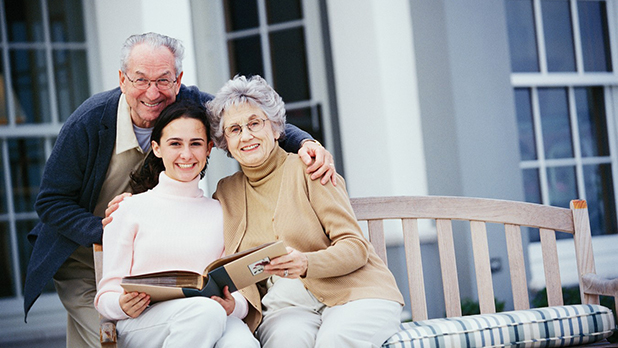People usually picture a family caregiver as a female. Most often it is a spouse, adult daughter, or even a granddaughter. While female caregivers still outnumber male caregivers, the gap between the sexes is closing. Northwestern University researchers say while only twenty to thirty-three percent of caregivers are men, the number is increasing.
Cultural roles and ethnicity may play a role in how many women assume caregiving roles. However, the increasing number of men pitching in may be attributed to:
- More women working outside the home compared with past generations
- Smaller families with fewer siblings to act as caregivers
- Families with a son living closer to parents than a daughter
This increase in male caregivers just one of several trends changing the face of caregiving.
Changes in Family Caregiving
Another trend is age. According to a Genworth Financial study, today’s caregivers are much younger than in the past. Fifty-eight percent of family caregivers are between ages twenty-five and fifty-four. The average age in 2018 was forty-seven versus fifty-three in 2010.
Since the average age of caregivers is declining, the impact on family caregivers’ lives has become more pronounced. Younger caregivers are more likely to be working outside the home and raising a family of their own.
Another change is why family members need assistance. In 2010, only eleven percent of seniors needed the help of a family caregiver because of an accident. Most needed assistance because of chronic health conditions or other issues related to aging.
The number of older adults needing a caregiver because of an accident or injury has soared to twenty-one percent. Because these types of emergencies can leave a family unprepared, it can be especially difficult for loved ones called on to be caregivers.
The Impact of Caregiving on Families
The Genworth survey also revealed the toll caregiving takes on families. While the majority say the role is rewarding, most admit there are challenges. The following are common struggles for family caregivers:
- Fifty percent have less time to spend with their spouse and children
- Fifty-three percent said caregiving increased their level of anxiety and stress
- Forty-six percent cite the physical and emotional demands of caregiving as negative impacts on their health
- Forty-one percent say they suffer from mood swings and depression
The hidden costs of caregiving often surprise people, resulting in an unexpected financial burden. A few of the financial issues caregivers cited during the survey included:
- Needing to reduce the number of hours worked or giving work up altogether to accommodate caregiving duties
- Being overlooked for promotions because of perceived lack of availability
- Cutting back on leisure spending to pay for costs like pharmacy bills and medical co-pays
- Using retirement savings or reducing monthly contributions to pay for costs associated with caregiving
- Selling belongings to finance an older loved one’s care expenses
A Continuum of Care at Five Star Senior Living
If you are a family caregiver struggling to juggle so many responsibilities, it may be time to consider a move to a senior living community. From independent living to assisted living, memory care, and respite, you’ll likely find a solution to meet your needs at Five Star. Call the community nearest you for help determining what type of care fits your family member’s needs.

